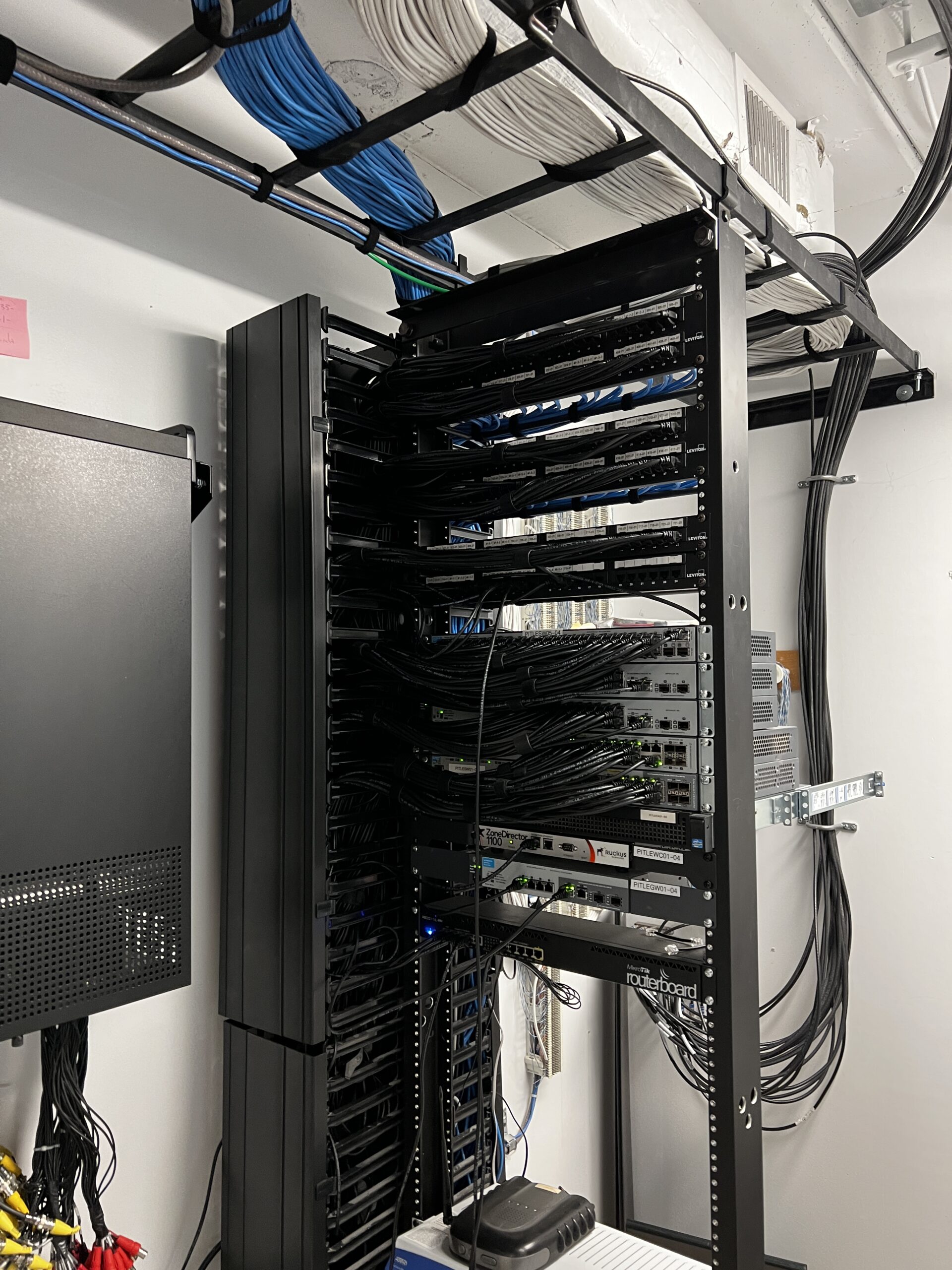In the world of networking, ensuring that data can efficiently travel between devices without unnecessary delays is crucial. One of the key protocols that helps manage the flow of data in complex network environments is the Spanning Tree Protocol (STP). While STP is often associated with preventing network loops, it also plays a critical role in maintaining an organized and efficient network structure. In this article, we’ll explore how STP works, focusing on its basic functionality and benefits without delving into the complexities of network loops.
Table of Contents
What is Spanning Tree Protocol (STP)?
Spanning Tree Protocol (STP) is a network protocol used to manage and organize the connections between switches in an Ethernet network. Its primary purpose is to ensure that there is only one active path between any two devices on a network at any given time. This organization helps prevent issues like redundant paths, which can cause inefficiencies or lead to data collisions.
In essence, STP creates a “tree-like” structure out of the network’s connections, with a single, optimized path between any two points. The protocol continuously monitors the network and adjusts the tree as needed to ensure that data can flow smoothly.
Key Concepts of Spanning Tree Protocol
To understand how STP works, it’s important to familiarize yourself with a few key concepts:
- Bridge Protocol Data Units (BPDUs): These are special data packets that STP uses to communicate between switches. BPDUs are exchanged regularly to share information about the network’s structure and to help switches make decisions about which paths should be active.
- Root Bridge: In every STP network, one switch is designated as the Root Bridge. This switch serves as the central point of reference for the network. All other switches determine their best path to the Root Bridge, and this path becomes part of the spanning tree.
- Designated Port: Each switch port that is part of the active network path is called a Designated Port. These ports are responsible for forwarding traffic within the network.
- Blocked Port: Ports that are not part of the active path are placed in a blocked state. Blocked ports do not forward traffic but remain in a standby mode, ready to activate if the network topology changes.
How Spanning Tree Protocol Works
Here’s a step-by-step overview of how STP operates in a network:
- Root Bridge Election: When switches are first powered on and begin communicating, they exchange BPDUs to determine which switch will be the Root Bridge. The switch with the lowest bridge ID (a combination of priority and MAC address) becomes the Root Bridge. This switch serves as the reference point for all other switches in the network.
- Path Selection: Once the Root Bridge is established, each switch calculates the shortest path to the Root Bridge. This path is determined based on factors like path cost, which is influenced by the speed of the links. The ports that make up the shortest path to the Root Bridge become Designated Ports and remain active.
- Blocking Unnecessary Ports: Any ports that do not form part of the shortest path to the Root Bridge are placed in a blocked state. These ports do not forward traffic, helping to eliminate redundant paths and optimize network performance.
- Network Stability: After the spanning tree is established, the network remains stable under normal conditions. STP continues to monitor the network through regular BPDU exchanges, ensuring that the topology remains optimal.
- Adapting to Changes: If a switch or link fails, STP automatically recalculates the network’s topology. The protocol re-elects the Root Bridge if necessary and reactivates blocked ports to restore connectivity. This dynamic adjustment helps maintain network reliability and performance.
Benefits of Using Spanning Tree Protocol
- Optimized Traffic Flow: By ensuring that only the best paths are used for data transmission, STP helps optimize the flow of traffic in the network. This reduces the chances of congestion and ensures that data reaches its destination efficiently.
- Enhanced Network Stability: STP continuously monitors the network and adjusts the topology as needed. This proactive approach helps maintain a stable and reliable network environment, even in the face of changes or failures.
- Scalability: As networks grow and become more complex, STP scales to manage the increased number of connections. The protocol helps maintain an organized network structure, making it easier to add new devices without disrupting existing connectivity.
- Reduced Administrative Overhead: STP automates the process of managing network paths, reducing the need for manual intervention. Network administrators can rely on the protocol to maintain an optimal network structure, freeing them to focus on other tasks.
How to Configure Spanning Tree Protocol in UniFi
If you’re using UniFi networking equipment, configuring Spanning Tree Protocol is a straightforward process:
- Access the UniFi Controller:
- Open your UniFi Controller interface through your browser.
- Log in with your credentials.
- Navigate to Switch Settings:
- From the main dashboard, go to the Settings section.
- Click on Switch settings to view and manage your switches.
- Enable Spanning Tree Protocol:
- In the switch settings, look for the Spanning Tree Protocol (STP) option.
- Enable STP to allow your switches to participate in the spanning tree process.
- Apply Changes:
- After enabling STP, click Apply Changes to save and implement the new configuration.
- Monitor the Network:
- Use the UniFi Controller’s Insights and Statistics features to monitor your network’s performance and ensure that STP is functioning correctly.
Conclusion
Spanning Tree Protocol (STP) plays a vital role in maintaining an efficient and organized network structure by ensuring that data follows the best possible paths. By automatically managing the network’s topology, STP reduces the need for manual intervention and helps maintain stability, even in complex environments. Whether you’re setting up a new network or optimizing an existing one, enabling STP in your UniFi system can enhance performance, scalability, and reliability.

